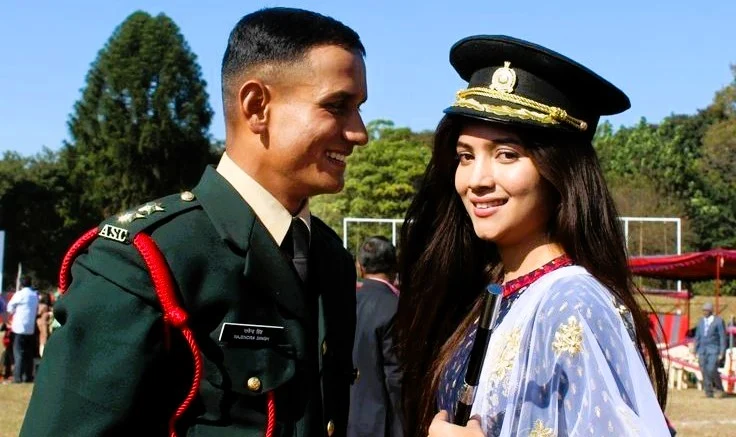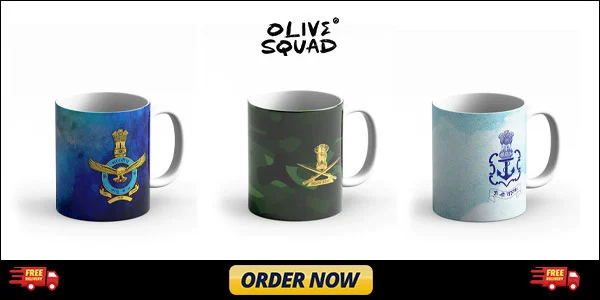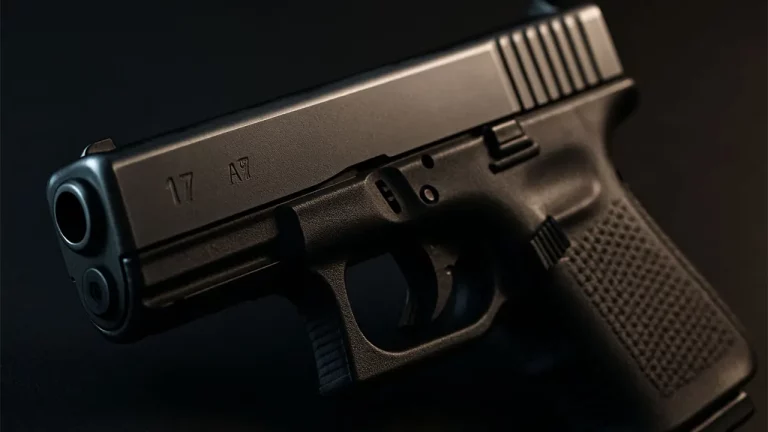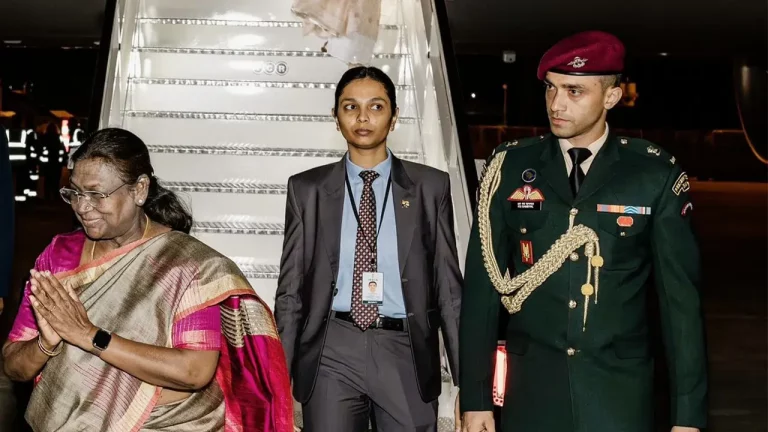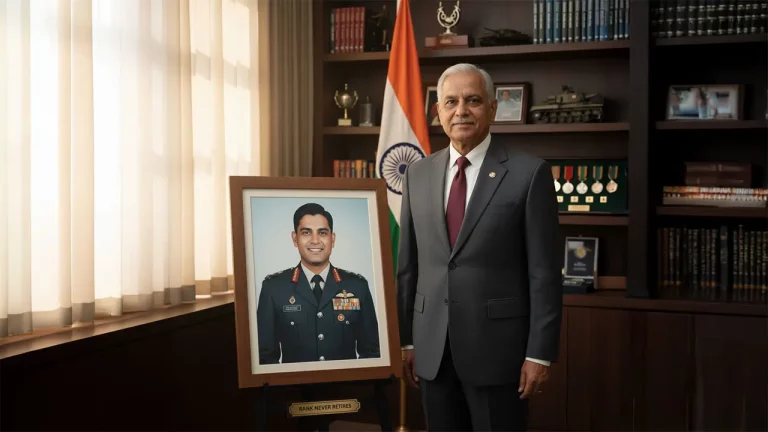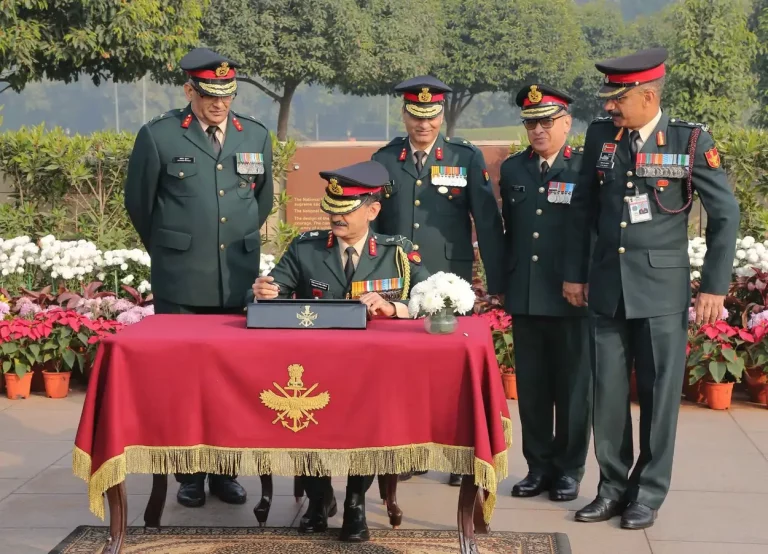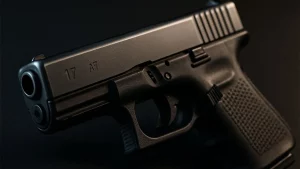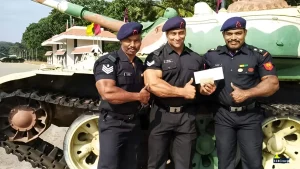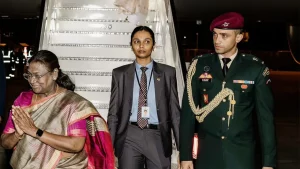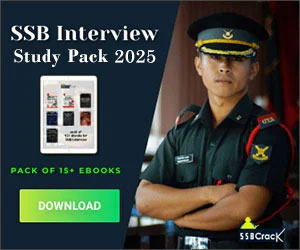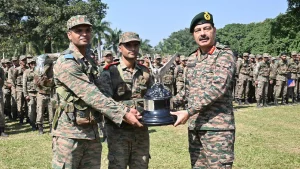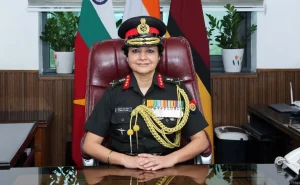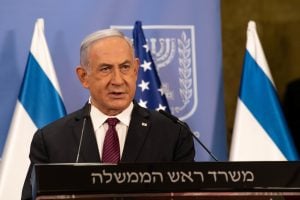The Indian Army offers officers a prestigious career serving the nation, with monthly salaries ranging from ₹56,100 to ₹2,50,000. Captain Divya Ajith Kumar exemplifies this excellence – she made history by becoming the first woman officer to receive the Sword of Honor and lead an all-women contingent during Republic Day in 2015.
The Indian Army welcomes ambitious candidates through multiple pathways. Permanent Commission provides lifelong service opportunities, while Short Service Commission spans 10 years. Candidates can join after 12th grade through NDA, after graduation via CDS, or choose technical routes. Each path offers unique opportunities to those who dream of wearing the olive green.
Success requires dedication and thorough preparation. Candidates must clear rigorous written exams and SSB interviews. This piece outlines every step aspiring officers need to take to turn their military dreams into reality.
Understanding Army Officer Entry Routes
The Indian Army has three main paths that allow aspiring officers to serve their nation. These routes accommodate candidates who have different educational backgrounds and career goals.
Direct Entry Through NDA After 12th
The National Defence Academy is the first stepping stone for young officers. Students between 16.5-19.5 years who have completed their 10+2 can apply to this elite program. The Army wing needs candidates with 12th pass certification, while Air Force and Naval wings require Physics and Mathematics in 10+2. Candidates must clear the UPSC-conducted NDA examination and face the Services Selection Board (SSB) interview. The selected candidates then complete a challenging three-year training program at NDA Khadakwasla.
Graduate Entry Through CDS
The Combined Defence Services examination creates opportunities for graduates who want to become commissioned officers. Candidates should be between 20-24 years old with a bachelor’s degree. This path takes candidates to different academies – Indian Military Academy (IMA), Air Force Academy (AFA), Indian Naval Academy (INA), or Officers Training Academy (OTA). Women candidates can join through OTA Chennai’s CDS route.
Technical Entry Options
The army has special paths for candidates with technical interests. The Technical Entry Scheme (TES) welcomes candidates between 16.5-19.5 years who have scored 70% in PCM during 10+2. TES combines one year of military training with a three-year engineering degree program. Engineering graduates between 20-27 years can join through the Technical Graduate Course (TGC) and SSC-Tech. These officers complete one year of pre-commission training at IMA Dehradun before receiving their commission.
Other entries like NCC Special Entry and JAG are also a pathway to become an officer in Indian Army.
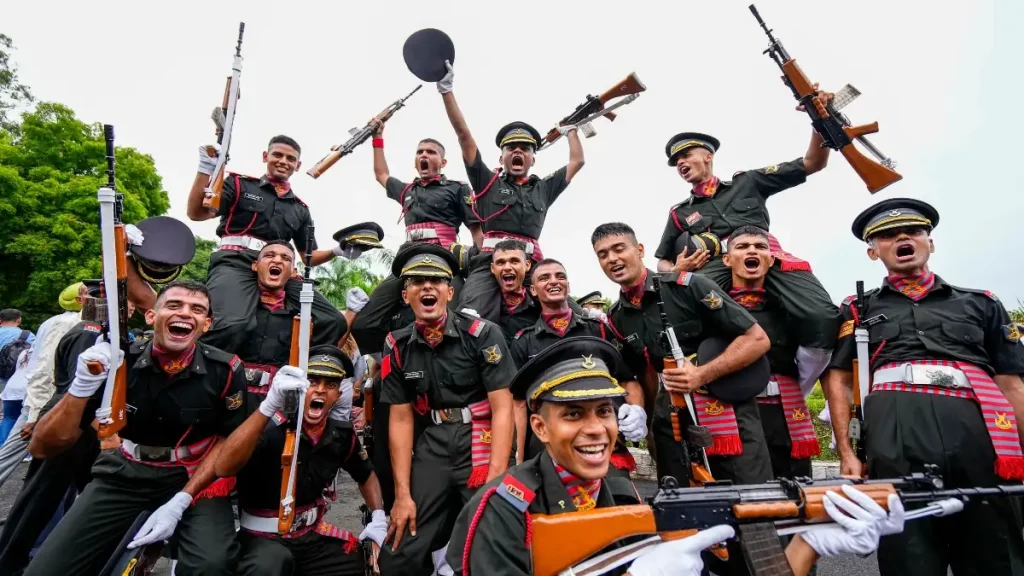
Preparing for Selection Tests
Getting selected as an Indian Army officer needs careful preparation. Candidates should be ready for written exams and the Services Selection Board (SSB) interview.
Written Exam Strategy
The Union Public Service Commission conducts tough written tests. Around 10 lakh candidates compete for 16,000 to 20,000 qualifying positions. We focused on Mathematics, English, General Studies, and Current Affairs. The questions test advanced knowledge levels to assess complete understanding.
SSB Interview Components
The SSB interview runs for five days and tests candidates through multiple stages. Candidates start with Officer Intelligence Rating (OIR) tests that have verbal and non-verbal sections with 50 questions each. They move on to the Picture Perception and Description Test (PPDT). Each candidate gets 30 seconds to analyze an image and 4 minutes to create a story.
The psychological assessment has:
- Thematic Appreciation Test (TAT) – 12 pictures with 30 seconds observation time
- Word Association Test (WAT) – 60 words with 15 seconds per word
- Situation Reaction Test (SRT) – 60 situations in 30 minutes
- Self Description Test (SD) – 5 questions in 15 minutes
The Group Testing Officer (GTO) tasks test leadership qualities, teamwork, and physical stamina. The personal interview comes next to assess the candidate’s overall personality, academic background, and current affairs knowledge. A panel of 20+ members conducts the final conference to assess the candidate’s performance throughout the selection process.
The selection board works on the principle of Mansa, Vacha, and Karmana – to examine thoughts, speech, and actions. Candidates should arrange their mental capabilities, communication skills, and practical performance accordingly.
Physical Fitness Requirements
Physical fitness is the life-blood of an Indian Army officer’s capabilities. Officers must meet strict fitness standards to handle demanding situations and leadership duties effectively.
Required Physical Standards
The Indian Army sets different height requirements based on regions. Male candidates from Western Plains regions need a minimum height of 170 cm, while those from Eastern Himalayan regions need 160 cm. A minimum chest expansion of 5 cm will give a strong physical structure. Female candidates should maintain a minimum height of 152 cm and keep their weight proportionate to age and medical standards.
Candidates should start their preparation 16 weeks before the test. The training schedule has running 2 miles twice daily – morning and evening. Cardiovascular endurance improves through regular running sessions at 85-89% of maximum heart rate.
A balanced diet with seasonal fruits and vegetables supports this intense training schedule. The body needs proper rest between workout sessions to adapt to training stress.
Medical Standards and Criteria
Medical standards are vital qualifying criteria that help determine if candidates can handle the demanding duties of an Indian Army officer.
Height and Weight Requirements
Male candidates must meet region-specific height requirements with a standard minimum of 157 cm. Candidates from Gorkha communities and North Eastern regions just need 152 cm height. Female officers must be at least 152 cm tall, while those from specified regions can qualify at 148 cm.
A candidate’s weight directly relates to their height and age brackets. The minimum weight thresholds and specific Body Mass Index (BMI) parameters are important benchmarks. Bodybuilders and wrestlers might exceed standard weight limits, but they must maintain:
- BMI below 25
- Waist circumference under 90 cm for males and 80 cm for females
Vision and Health Parameters
The Army has strict visual acuity requirements. Candidates must have 6/6 vision in their better eye and 6/9 in their worse eye. These refractive errors must stay within specific limits:
- Myopia: Maximum -3.5 D
- Hypermetropia: Maximum +3.5 D
- Astigmatism: Maximum +/- 2.5 D
Color vision plays a significant role since officers must accurately distinguish between red and green signals. LASIK surgery candidates can apply if they completed the procedure after age 20 and have maintained stable refraction for six months after surgery.
Good physical and mental health are essential qualifications. Medical teams assess candidates for conditions that might require frequent medical attention. This detailed evaluation will give a clear picture of whether officers can perform well under challenging military conditions without medical limitations.
Conclusion
Becoming an Indian Army officer just needs dedication, preparation, and excellence in many areas. The entry pathways – NDA, CDS, or technical routes – are a chance to match your educational background with career goals.
You must meet strict requirements in four essential areas to succeed. Candidates should clear competitive written exams that test their academic abilities. The five-day SSB interview helps assess leadership potential through psychological tests and group tasks. Physical fitness standards ensure readiness through specific height, weight, and performance measures. Medical criteria make sure officers can handle tough military duties well.
Future officers who focus on these requirements and prepare step by step have the best shot at achieving their military dreams. Starting this journey may look tough, but serving in the Indian Army brings incredible rewards. The prestigious career growth and honor of protecting the nation make all the hard work count.
